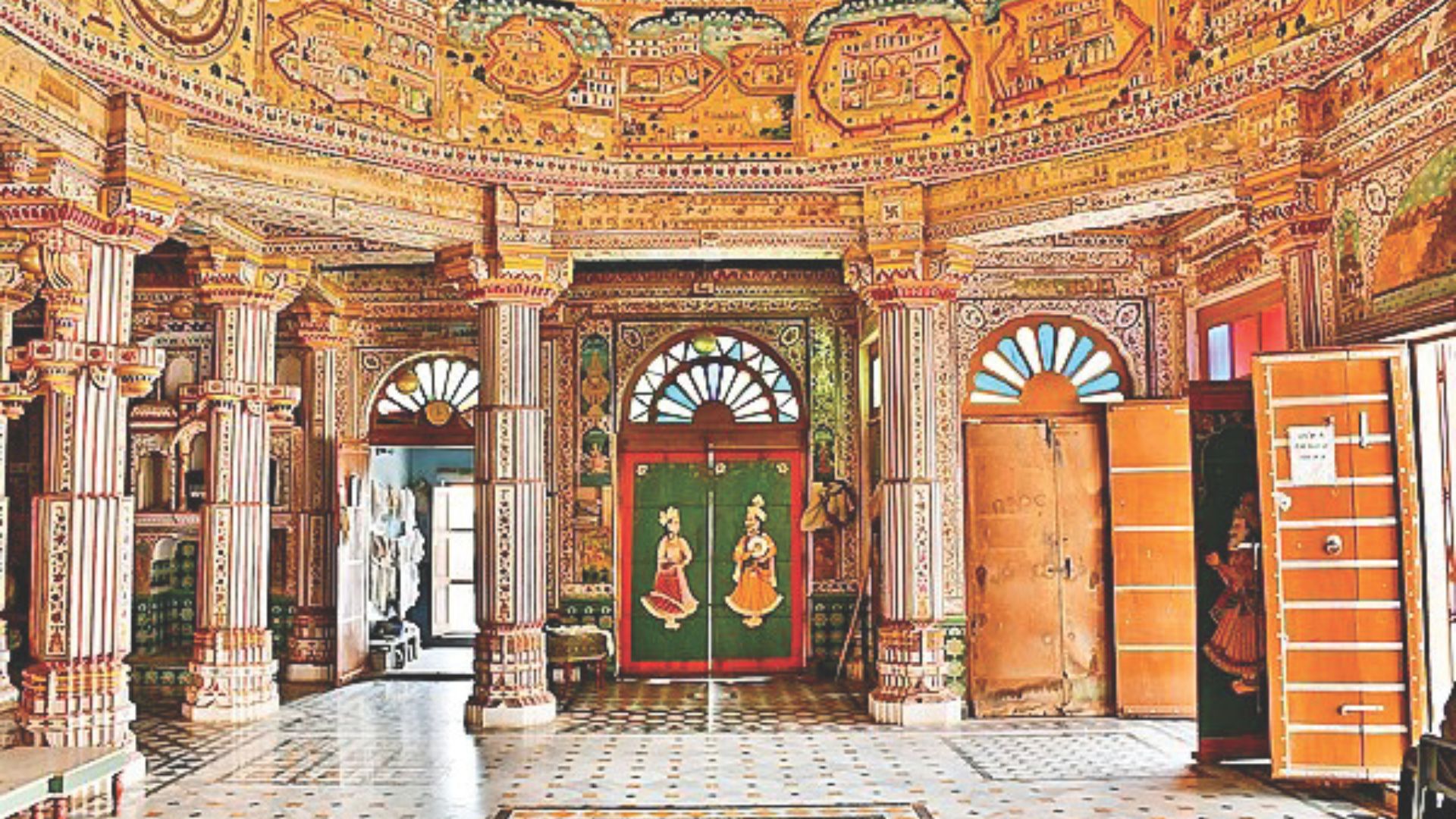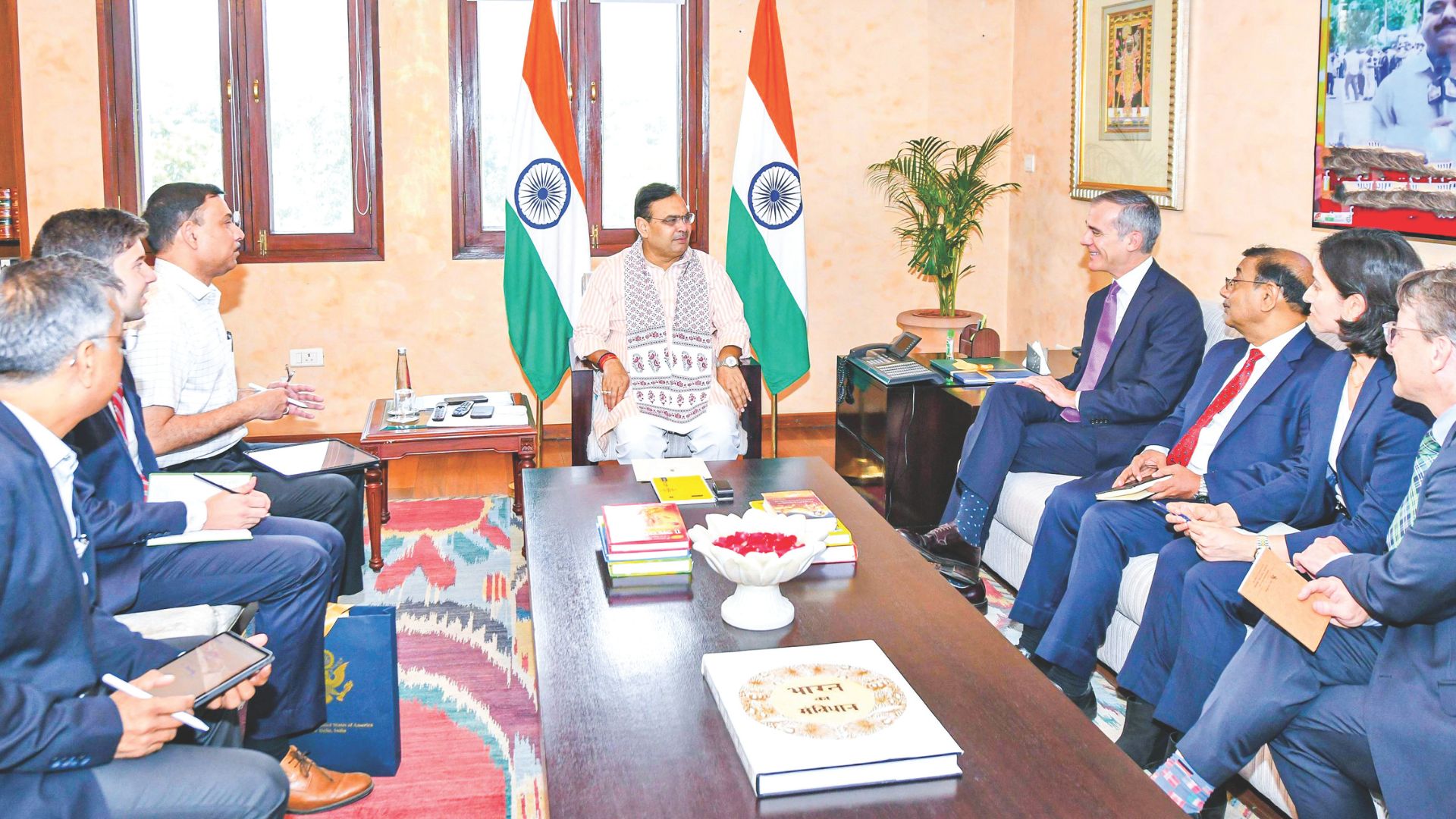
The convergence of technology and architecture has inaugurated a novel epoch characterised by innovation and ingenuity within the domain of design and construction. In the swiftly evolving contemporary global landscape, architects and designers are progressively leveraging the capabilities of digital tools and technologies to expand the horizons of architectural design.
Designing with Digital Precision
The advent of the digital era has wrought a profound transformation in the architectural design process, providing us with the opportunity to operate with unparalleled precision and efficacy. Fundamental to this evolution is the ubiquitous use of computer-aided design (CAD) software, which empowers us to fashion intricate 3D models, replicate and assess lighting scenarios, and execute virtual walkthroughs—all prior to the commencement of physical construction. Such a degree of meticulousness and precision has not merely optimised the design stage but has also fortified the capacity to articulate our creative vision to clients and stakeholders with heightened clarity and perspicuity. BIM (Building Information Modeling) represents a groundbreaking technological advancement that has brought about a paradigm shift in the field of architecture. Going beyond conventional 3D modelling, BIM encompasses comprehensive data pertaining to every facet of a building’s existence, encompassing details about its materials, structural systems, energy efficiency, and ongoing maintenance prerequisites. This holistic methodology promotes collaborative engagement with other stakeholders, engineers, contractors, and facility managers, thereby yielding heightened efficiency and sustainability in the execution of building projects.
Constructing with Efficiency
The construction phase of architecture has also seen a significant transformation thanks to technology. One of the most remarkable advancements is the use of robotics and automation in construction processes. Drones are now being incorporated into surveys and inspections of construction sites, while autonomous robots can perform tasks such as bricklaying and concrete pouring with unparalleled precision and speed. These technologies not only improve efficiency but also enhance safety by taking on dangerous jobs that would otherwise put human workers at risk.
Furthermore, 3D printing is emerging as a game-changer in the construction of hospitality spaces. “It allows us designers to create complex building components with intricate designs that were previously impossible or prohibitively expensive to produce,” says Chitalwala. This technology can significantly reduce construction waste and decrease the time required to complete projects.
At its core, the intersection of technology and architecture has set forth an inspiring odyssey within the hospitality sector. This leads to reimagining the potential within design, sustainability, and the guest experience. The convergence of digital precision, inventive ingenuity, and a steadfast dedication to aesthetics instills a paradigm shift wherein every guest’s sojourn assumes the character of an immersive and lasting memory. As we persist in the adept utilization of technology, the hospitality industry finds itself at the forefront of a digital frontier, poised to redefine the perceptions and interactions with hospitality spaces in an intense manner.
The author is the Principal Architect and designer at Designers Group with a wealth of experience and expertise in the field of hospitality architecture and design.















